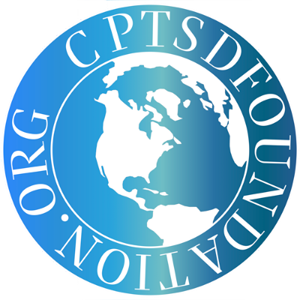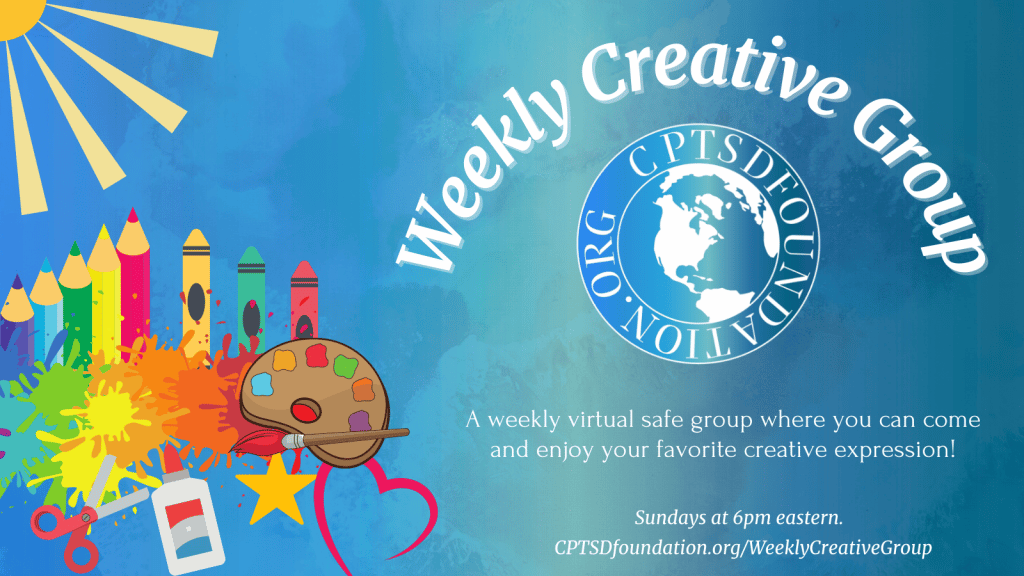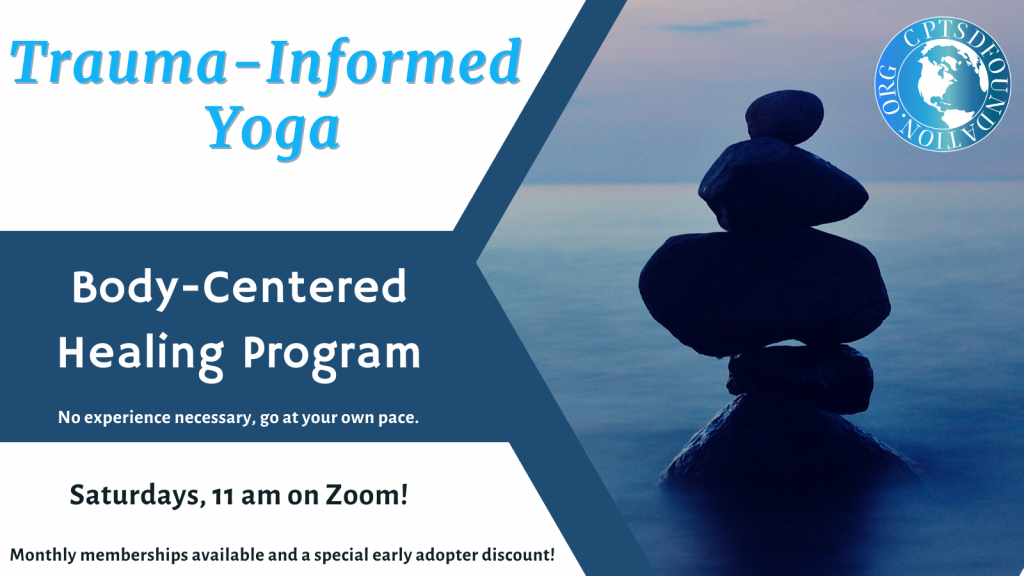Trauma survivors may face various challenges in the workplace due to the lasting effects of their traumatic experiences. One of the more disturbing and common challenges is flashbacks.
Flashbacks 101
A flashback is a sudden and intense re-experiencing of a traumatic event or distressing memory as if it were happening in the present moment. It can involve vivid sensory perceptions, emotions, and physical sensations related to the original trauma. Flashbacks vary in duration, with some lasting only seconds, while others can persist for minutes or even longer.
Flashbacks are often triggered by reminders of the traumatic event, such as sights, sounds, smells, or even emotional states. They can also occur spontaneously, seemingly without a specific trigger.
During a flashback, we may lose touch with our current surroundings and temporarily believe we are reliving the traumatic event. This can lead to intense fear, panic, or distress.
Flashbacks can be highly distressing and disruptive, causing significant emotional distress and physical symptoms like rapid heart rate and sweating. They can interfere with daily functioning and well-being. Additionally, when flashbacks happen in the work environment, they can disrupt concentration and work performance.
“When you are stuck in a flashback, fear, shame, and/or depression can dominate your experience.” (Pete Walker)
Has this ever happened to you? Triggers abound in the workplace and can seemingly come out of nowhere. It is very disturbing, as a trauma survivor, to not know when you will be thrown into a flashback by something innocuous in your current environment. It is also very common for someone who has experienced trauma. While having flashbacks is disturbing, I want you to know that nothing is wrong with you. You are having a normal reaction to an abnormal situation.
That said, you do not have to be the victim of flashbacks. There was very little you could do as a child to protect yourself from the traumatic experiences you had. But now, as an adult, you are equipped with all kinds of skills, tools, and power to better manage these situations. One of the marks of healing for a trauma survivor is a sense of empowerment over the situations that occur in the present. So, how can we take back our power and overcome flashbacks in the workplace? I have shared some recommendations below.
Identifying Workplace Triggers
The first step in learning to master flashbacks in the workplace is to notice and create an awareness of your triggers. Bringing awareness to the trigger and the triggered response/flashback allows us to plan to mitigate this disturbing scenario.
I created a FREE tool called the Trigger Tracker Worksheet that allows you to identify the situation, trigger, triggered response, and the coping strategy you use to master the flashback and get grounded.
Once you’ve identified your triggers and triggered responses, you may change your current coping strategy because it is not as effective as you’d like. Here is a list of grounding techniques to choose from.

Mastering Flashbacks with Grounding Techniques
Grounding techniques are a set of coping strategies used to help individuals stay connected to the present moment when they feel overwhelmed by distressing thoughts, emotions, or experiences. These techniques are particularly useful for managing symptoms of anxiety, panic attacks, flashbacks, and dissociation, especially in the context of trauma or stress-related disorders.
Here are some common grounding techniques:
- 5–4–3–2–1 Exercise: This technique involves engaging your senses to reconnect with the present. Name five things you can see, four things you can touch, three things you can hear, two things you can smell, and one thing you can taste.
- Deep Breathing: Focus on your breath, taking slow and deep breaths. Pay attention to the sensation of your breath entering and leaving your body. This can help calm the nervous system.
- Progressive Muscle Relaxation: Tense and then relax different muscle groups in your body, starting from your toes and working your way up to your head. This helps release physical tension.
- Grounding Objects: Carry a small object with you that you can touch and focus on when you feel overwhelmed. This object can serve as a reminder of the present moment.
- Mindful Walking: Take slow, deliberate steps, paying attention to the sensation of your feet lifting off the ground and making contact with it. Focus on the physical sensations of walking.
- Counting: Count objects in your environment, such as the number of books on a shelf or the tiles on the floor. Counting can redirect your thoughts away from distressing thoughts.
- Affirmations: Repeat positive affirmations to yourself, such as “I am safe” or “This too shall pass.” Affirmations can help soothe anxious thoughts.
- Sensory Objects: Hold onto objects with different textures, temperatures, or smells. Focus on the sensory experience of touching and exploring these objects.
- Grounding Apps: There are smartphone apps designed specifically for grounding exercises. These apps can guide you through various techniques and provide support.
- Guided Imagery: Close your eyes and imagine a safe and calming place. Visualize every detail of this place to create a sense of security and relaxation.
Grounding techniques are effective because they redirect your attention away from distressing thoughts and emotions and anchor you in the present moment.
The choice of technique may vary from person to person, so it’s essential to explore different options to find what works best for you. Grounding can be particularly helpful when combined with other therapeutic approaches for managing trauma or anxiety, and it can provide immediate relief during moments of distress.
What did you think about the list? Have you ever used any of these techniques before? Which one is your favorite/go-to technique for managing your flashbacks?
As always, you do not have to walk this journey alone. Contact me to schedule your free discovery call.
Get on the waiting list for The Resilient Career Academy™. You won’t want to miss it.
If you want to stay informed on the programs, tools, and training I offer, sign up for my mailing list.
You can also visit my website for more information on courses and other freebies I offer at: https://www.cyndibennettconsulting.com.
Guest Post Disclaimer: Any and all information shared in this guest blog post is intended for educational and informational purposes only. Nothing in this blog post, nor any content on CPTSDfoundation.org, is a supplement for or supersedes the relationship and direction of your medical or mental health providers. Thoughts, ideas, or opinions expressed by the writer of this guest blog post do not necessarily reflect those of CPTSD Foundation. For more information, see our Privacy Policy and Full Disclaimer.

Believer. Leader. Learner. Advocate. Writer. Speaker. Coach. Mentor. Triathlete. Encourager. Survivor.
Most of all, I am a fellow traveler on the rocky road called, Trauma Recovery. My mission is to minimize the effects of trauma for survivors in the workplace.





I am trying to work on various techniques to come out of, and down from emotional flashbacks. My problem is, when trying a technique, I tend to split. One part of me begins to slowly come back to the now while the other half remains in the flashback. Techniques only help slightly because of this. Is there any way I can stop myself from splitting to enable more effective grounding?
Nikki, I’m sorry you are continuing to struggle…that is so frustrating. Feel free to schedule a Discovery call and we can talk about it: https://calendly.com/cyndibennettconsulting/30min